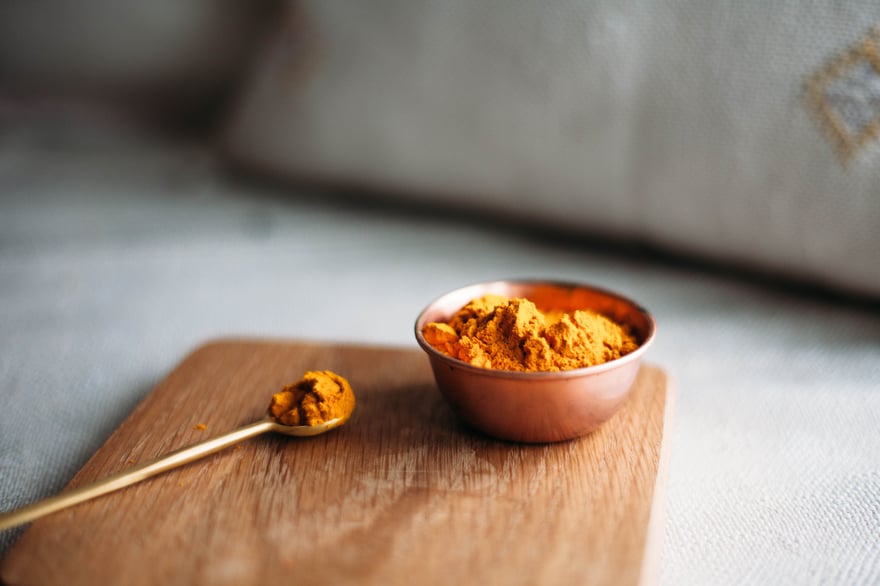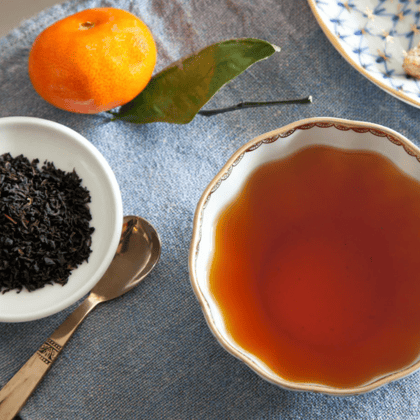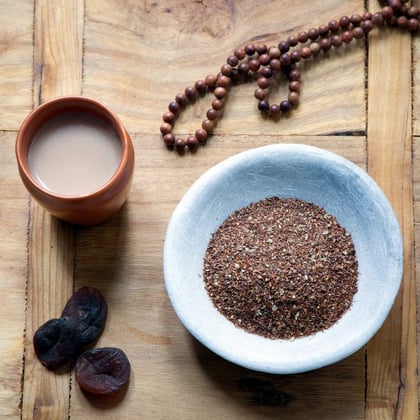Turmeric, also known as “Indian Saffron” because of its golden yellow color, has been a prized possession for over 4,000 years. Today, the world’s largest producer of and the most important trading center for turmeric is the city of Erode, a Southern Indian state of Tamil Nadu, known as “Yellow City” or “Turmeric City.” More recently, thousands of publications have released articles talking about the importance of turmeric and its value to both animals and humans. A member of the ginger family, turmeric is one of the most nutritional spices in the world, earning the label ‘super spice.” So what makes it so amazing?
Types of Turmeric
Turmeric is from the same rhizome family as ginger and has several varieties. In addition to the most common form, there are lesser-known (but no less healthy) varieties of white and black turmeric.
- Curcumin (Circuma longa) is the variety we are most familiar with. It’s most commonly used in Curry Powder. This is the most popular variety known for its taste similarity to saffron.
- Kuda Manjal is used in different types of ceremonies and rituals. It is considered very sacred, so much so that people keep this in their homes because of its perceived divine energy.
- Black Turmeric (Kali Haldi) is extremely rare and the roots are slightly blackened. It has a pungent taste and an earthy dark smell but has the highest concentration of curcumin of any plant species.
- Tree Manjal (Mari Manja) is actually a vine. It, too, is growing increasingly rare. It has a history of successful treatment and prevention of things like diabetes, wound healing, jaundice, diarrhea, and more.
- Curcuma Aromatica (Kasturi Manjal) or wild turmeric, is distinguished by its unique aroma. It is used as a cosmetic and can be made into a paste and applied to the skin as a face mask, helpful against pimples and dark spots. Note though, that this type has a bitter taste and isn’t typically used in cooking.

Turmeric As Medicine
Turmeric’s medicinal qualities, steeped in ancient Middle Eastern culture, are vast...and continue to be revealed. Known for its antioxidant and anti-inflammatory properties, it has earned the right to be called a ‘super spice.’ Its resume of accomplishments for health include some of the following:
- Turmeric lowers cholesterol when it’s part of your daily diet.
- It also is known to reduce the pain of osteoarthritis.
- Turmeric reduces cold & flu symptoms - fever, congestion, and a runny nose.
- It’s being studied for its ability to reduce symptoms of depression in people already taking an antidepressant.
This amazing spice can be used in so many beneficial ways. Well known for its gold-yellow color, turmeric was used as a dye long before it was eaten as food. Blend it with honey and lemon juice for use as a facial mask that fights acne and dark spots. And despite its yellow color, turmeric is often used as a toothpaste because of its whitening ability. Simply mix together a blend of turmeric, coconut oil, and baking soda.
For your daily dose, try Firepot Nomadic Teas’ Golden Soul, a golden milk latte that will revive your body and your soul!







Leave a comment
Comments will be approved before showing up.